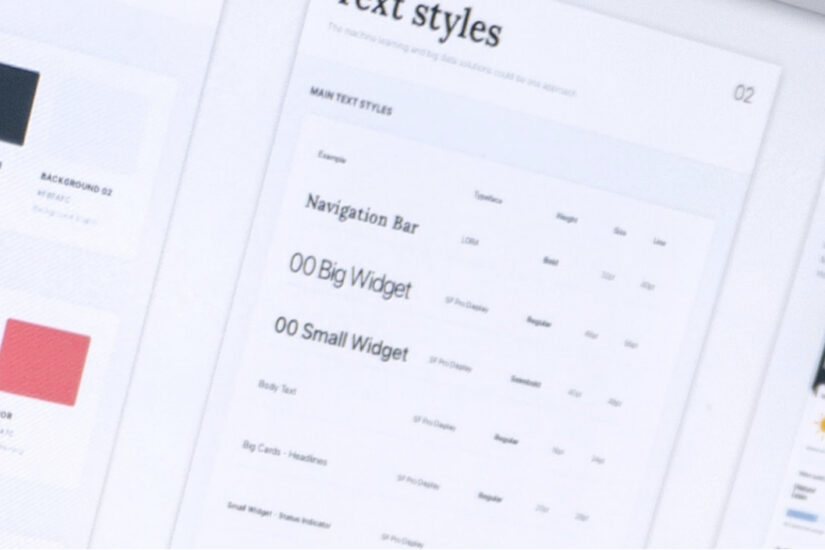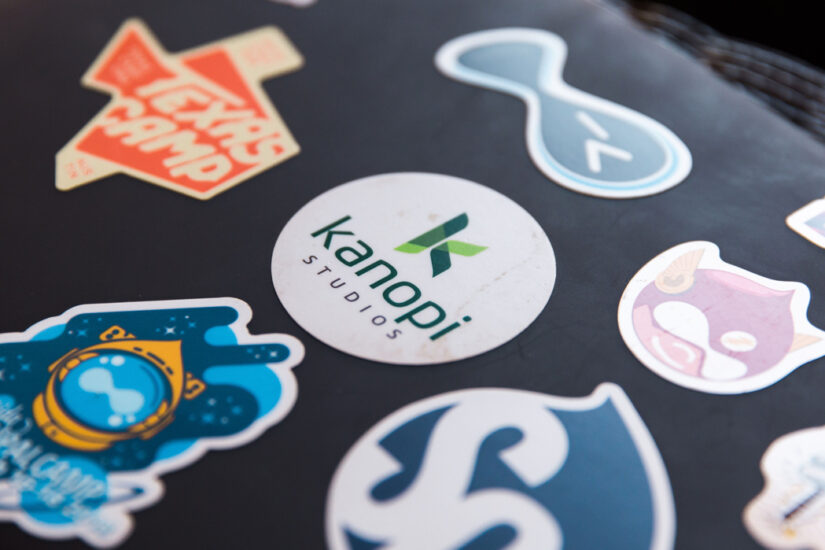What is an inclusive content strategy? It is about presenting your digital content in such a way as it is able to reach and speak to (not talk at) the largest audience, regardless of what makes us different. There are countless variables that allow users to be truly individual. It sounds like a big mountain to climb, but it doesn’t have to be. Let’s look at what we should consider and how we can approach our content to be inclusive with inclusive storytelling.
“Diversity is being invited to the party; inclusion is being asked to dance.”
Verna Myers
Diverse vs Inclusive
Diversity is the acknowledgment of what makes us different, where inclusivity invites all the different users to participate in the conversation. The diversity of your users can be calculated through statistical or survey data — it is reliant upon who they are. On the other hand, how inclusive your content is, is all about you. You’re fully able to make a positive impact.
How are we different?
Each of us is unique and continually in a state of growth. While some differences may present challenges online, all will impact the way in which we consume content. Accessibility is focused primarily on the challenges and works to create equal online experiences for those who live with ambulatory, visual, audio and/or cognitive differences. An Inclusive approach takes Accessibility into consideration while looking at a larger picture. Things such as gender identity, socio-economics, sexuality, and familiar differences play a large role in how we interpret information.
Let’s break this down a bit: Many years ago my mother held up a plate in front of me and asked what shape I saw. I told her I saw a circle. She tilted it slightly and asked what shape I saw: an oval. She then held it flat and asked again: a line. The plate had not changed, its content and composition were the same. My perception of it changed and though I intellectually knew the shape of that plate — it did not change the distinctive differences in point-of-view.
Unlike the plate, your content is more malleable. Inclusive content acknowledges the different ways and tries to invite all perspectives to participate in the user journey you’re building on your site.
What are the keys to speaking to a larger audience?
Empathy
Empathy is at the heart of all effective communication.
“Great marketers have immense empathy for their audience. They can put themselves in their shoes, live their lives, feel what they feel, go where they go, and respond how they’d respond. That empathy comes out in content that resonates with your audience.” – Rand Fishkin
Practices such as the unconscious use of gendered language, financially-dependant sense of accomplishment, or the bias towards those who do or do not choose a family life are present all throughout society. To be clear, yes, there are times that your subject matter may focus more on a specific target market that meets demographics. If you sell diapers you’re going to use more family-focused language. If you are a men’s health publication, your content will be geared towards a gendered crowd. That said, in both of these examples, there are secondary, “stakeholder” personas that you’re reaching out to too and those personas need to feel included.
Having inclusive content does not mean you are never going to reference the expensive new car or any particular gender. Having empathy means you are making a conscious decision to speak to an audience while acknowledging that others may also want to learn about this too. You’re inviting others to participate without losing your focus.
Awareness
Most marketers spend countless hours identifying their target market and building personas. You make yourselves aware of demographic information, buying histories and other patterns of behavior. You mix data and instinct to create a picture of “Robin Smith” and put their picture on a cubical wall so everyone in your department will remember to whom you are speaking.
- Do all of your personas all self identify as a binary gender?
- Are they all married and if so, are same-sex couples represented?
- Are all of your personas neurotypical or are they ADHD or on the spectrum?
- Do they experience physical challenges?
Representation matters.
The words we choose and the imagery we use can include or exclude audiences without intent. Ensure that your process is building awareness: starting from your personas and straight through to execution. Let your users see themselves in your content. Inclusive content lets them know that you are aware of them – that they are seen and matter to your brand.
Accessibility
We cannot talk about inclusive storytelling without talking a bit more about Accessibility. With a lot of the focus typically put on visual and audio challenges – there are many out there that can be assisted through an inclusive content strategy. Here are a few ways to help:
- Determine the reading level you’re writing for and use a free online tester such as a Flesch Kincaid Grade Level to assess if your content is speaking to or at your user.
- Keep each phase of the user journey as succinct as needed to help users who may struggle with focus make it through to the next step.
- Be wary of words that may inadvertently alienate a portion of your market.
- Remember that Accessibility often focuses on allowing users to take in the meaning of content through more than one way simultaneously; ensure your words and images (and their alt text) compliment each other and create a clear message.
Empower Users
Every great user-journey ends with the user being the hero as they cross the line to conversion. We are not selling products or promoting a service any longer, we are building a brand’s story one piece of content at a time. Let your users be seen, be acknowledged and become a part of the story through inclusive practices.
Want to learn more about inclusive storytelling? Visit our own AmyJune Hineline’s recent talk from NTC on Inclusive Content Strategy.








